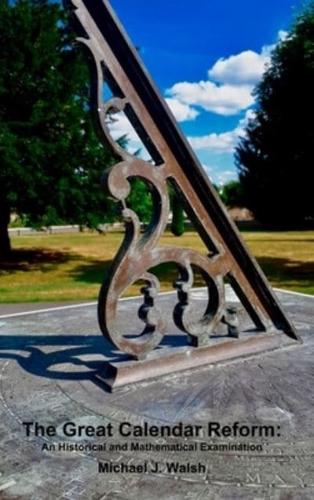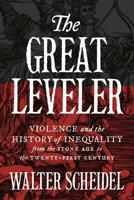Publisher's Synopsis
The calendar introduced by Pope Gregory XIII is now the most widely used civil calendar in the world. The older calendar introduced by Julius Caesar in 45 B.C. underestimated the length of the year by about 11 minutes. As centuries passed, the accumulated error grew. By the late 1500s the Julian calendar was behind by twelve days. Set amid the backdrop of the Reformation and the Renaissance, a time of great schism in the Christian world, the story of the calendar reform is an intriguing one. A central part concerns the antagonistic relationship between two of the great intellectual figures of the 16th century: the pro-reform mathematician Christopher Clavius and the anti-reform literary scholar Joseph Scaliger. In this book, the author provides an accessible mathematical description of the old and new calendars as well as a detailed discussion of the historical context for, and the main players involved in the calendar reform.









